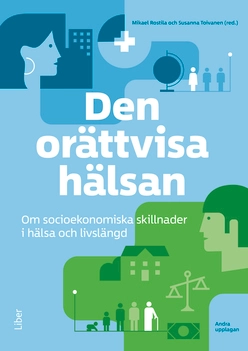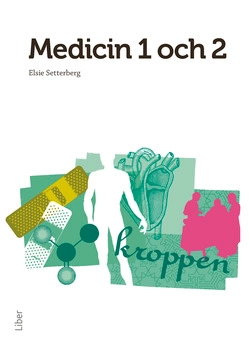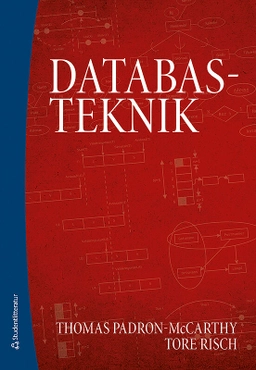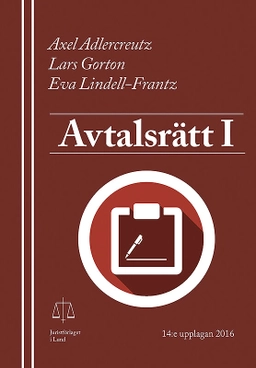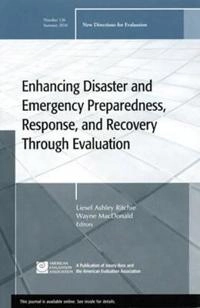

Enhancing Disaster and Emer Prep, Resp, and Recovery Through Evaluation EVUpplaga 1
- Upplaga: 1a upplagan
- Utgiven: 2011
- ISBN: 9780470769126
- Sidor: 128 st
- Förlag: John Wiley & Sons
- Format: Häftad
- Språk: Engelska
Om boken
Åtkomstkoder och digitalt tilläggsmaterial garanteras inte med begagnade böcker
Mer om Enhancing Disaster and Emer Prep, Resp, and Recovery Through Evaluation EV (2011)
I februari 2011 släpptes boken Enhancing Disaster and Emer Prep, Resp, and Recovery Through Evaluation EV skriven av Oddbjörn Evenshaug. Det är den 1a upplagan av kursboken. Den är skriven på engelska och består av 128 sidor. Förlaget bakom boken är John Wiley & Sons som har sitt säte i Hoboken.
Köp boken Enhancing Disaster and Emer Prep, Resp, and Recovery Through Evaluation EV på Studentapan och spara pengar.
Referera till Enhancing Disaster and Emer Prep, Resp, and Recovery Through Evaluation EV (Upplaga 1)
Harvard
Oxford
APA
Vancouver





